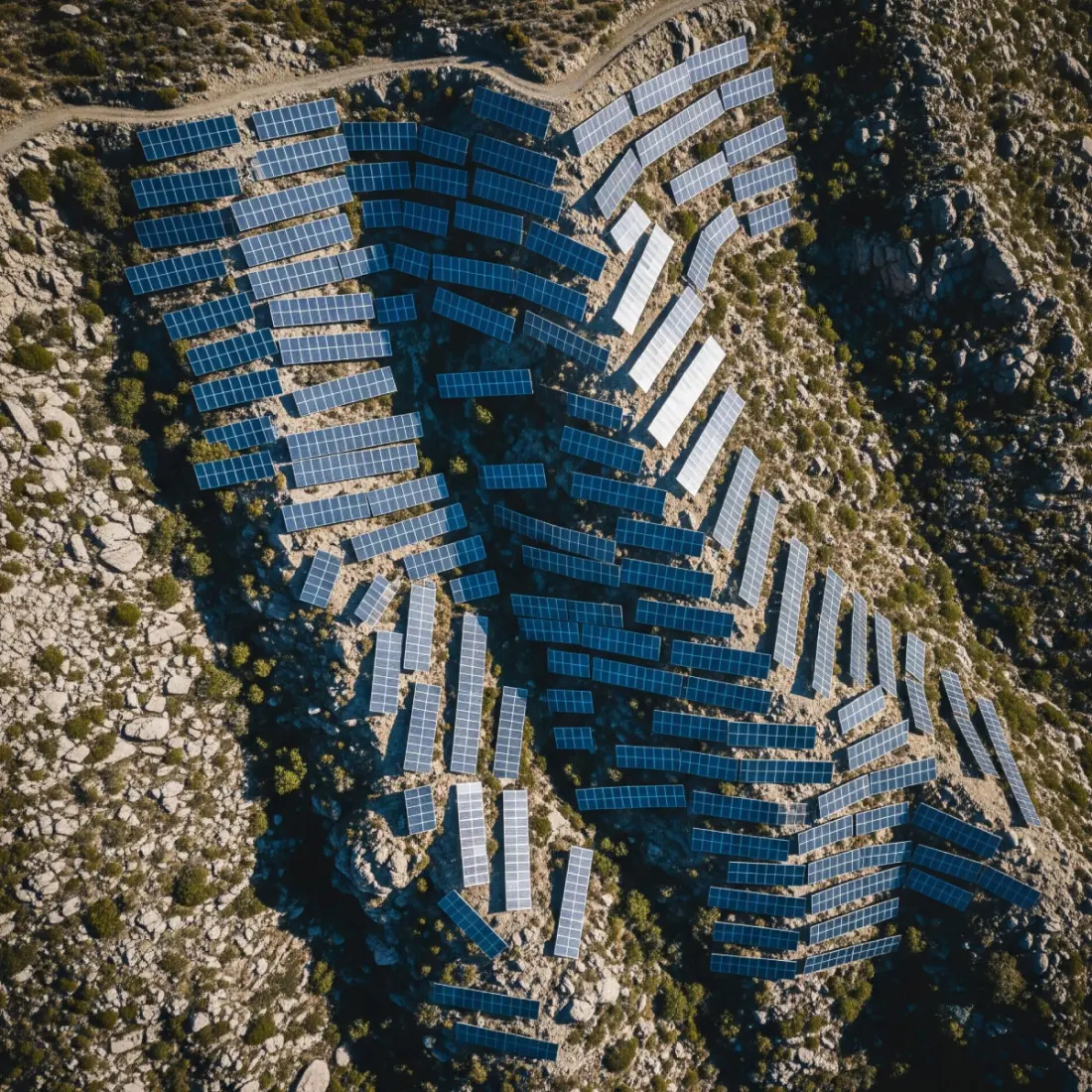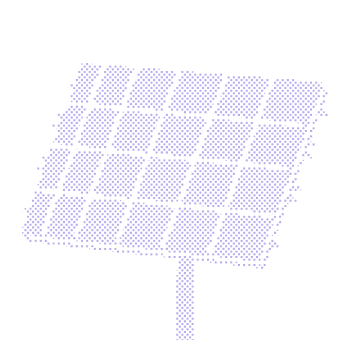Designing high-performance solar projects on challenging terrain


For years, utility-scale solar thrived on flat, open land. But today, those easy sites are becoming harder to find. As project pipelines grow and land near substations disappears, developers are increasingly forced to evaluate complex terrain — slopes, rolling hills, irregular parcels, and environmentally constrained areas.
What was once considered too difficult is now where the future of solar lies.
But designing high-performing solar projects on this kind of terrain isn’t just about adjusting a few angles. It requires a shift in mindset, methods, and tools.
Why complex terrain is the new reality
The global acceleration of solar deployment has changed the land equation.
Developers are facing:
• Shrinking availability of flat, buildable land
• Tougher permitting around land use and environment
• Pressure to deliver projects faster, at lower cost
As a result, land that was previously overlooked due to topographic challenges is now being reconsidered — and with the right approach, it’s proving to be not just viable but valuable.
The challenges of designing on uneven ground
Sloped and irregular land introduces a cascade of new design challenges:
Accurate terrain data is harder to obtain and interpret.
Layouts must account for slope, elevation, and shading.
Earthworks can spiral costs if not minimized intelligently.
Yield predictions require more advanced modeling.
Missteps early in the process can snowball downstream.
Simply put, what works on flat land breaks on hillsides.
What high-performance design looks like on sloped sites
To deliver strong ROI on complex parcels, developers need to move beyond basic feasibility and lean into optimization.
That means:
• Automating early-stage parcel filtering using real terrain, slope, and constraint data.
• Creating slope-aware layouts that follow the land — not flatten it.
• Simulating energy production based on true 3D conditions and terrain-informed designs.
• Reducing grading and pile costs by matching structures to slope.
• Designing faster across teams, with less manual data work.
In short, high performance today means turning complexity into an asset — not a liability.
The role of integrated solutions
Around 80% of solar projects never see the light of day. High complexity, market volatility, and data inefficiency are some of the most common reasons behind the number. That's why modern solar design workflows need to connect land analysis, layout generation, and energy modeling in one seamless environment.
When terrain data and design decisions are siloed — costly mismatches occur. But when everything works together — from GIS insights to design to yield simulation — developers can move their solar projects faster and smarter with more confidence.
As a solar developer, encountering complex terrain is inevitable — it’s all about which solutions you leverage to make the most of challenging landscapes. Curious how to succeed? Book a demo with one of the PVcase professionals and gain insights how you can empower more projects to reach energization and capture a higher ROI — opportunities that might be missed with traditional tools.


Book a demo
Lean how to turn complex terrain challenges in solar project development into opportunities — using smarter design strategies, solutions, and workflows for high-performance results.
